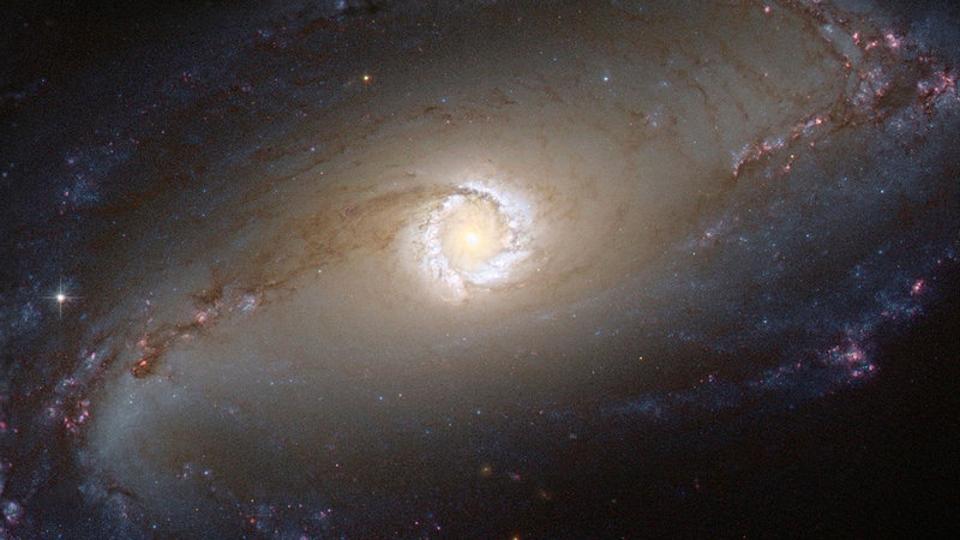Humans will find alien life within two decades: expert
Wed 14 Jun 2017, 12:39:54

Humans may be able to detect alien life within the next two decades, according to experts who believe that the hunt for life beyond our planet may soon yield results.
In the next few years, researchers will be able to use the James Web Space Telescope and other detection devices to look for biomarkers such as oxygen and methane in the atmospheres of these Earth-like planets, said Chris Impey, from the University of Arizona in the US.
"This biomarker experiment could find evidence of microbial life indirectly," said Impey. The research should help us pinpoint the planets that are "the closest to Earth as possible, not in distance, but in character," he said.
Since Earth is the only place we know life exists, finding the most Earth-like planets is our best bet for finding life, he added.Impey, whose research has been supported by NASA, believes that we
are less than two decades away from finding extraterrestrial life. However, we are more likely to detect microbial life withing the next 10 to 15 years rather than intelligent life, he told 'Futurism'.
are less than two decades away from finding extraterrestrial life. However, we are more likely to detect microbial life withing the next 10 to 15 years rather than intelligent life, he told 'Futurism'.
Not ruling out the possibility that life still exists on Mars, Impey said that those lifeforms are likely below the surface and are, therefore, much harder to detect. He believes that there is better chance of finding evidence of life that used to exist on the red planet.
"If we actually get Mars rocks back here to Earth from a place that we think could have been habitable in the past, then we might find evidence of prior life," Impey said.Other bodies in our solar system could potentially host life as well including the water world Europa.
Future missions targeting the satellite could yield helpful - if not entirely conclusive.
No Comments For This Post, Be first to write a Comment.
Most viewed from Specials
Most viewed from World
AIMIM News
Latest Urdu News
Most Viewed
May 26, 2020
Do you think Canada-India relations will improve under New PM Mark Carney?
Latest Videos View All
Like Us
Home
About Us
Advertise With Us
All Polls
Epaper Archives
Privacy Policy
Contact Us
Download Etemaad App
© 2025 Etemaad Daily News, All Rights Reserved.





















.jpg)
.jpg)
.jpg)
.jpg)

















